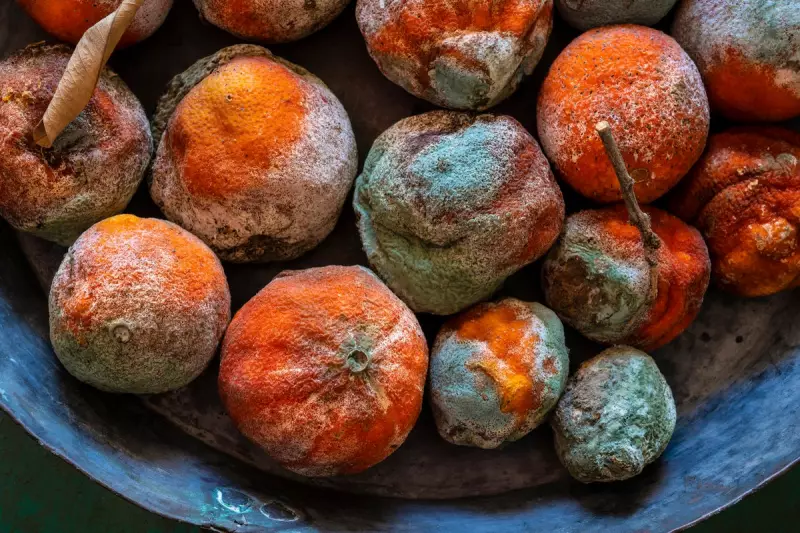
How many times have you opened your fridge or bread bin to discover that unwelcome fuzzy growth on your food? The immediate reaction for most Brits is to bin it immediately, but food safety experts suggest we might be throwing away perfectly edible food worth hundreds of pounds each year.
The Mould Rulebook: What Stays and What Goes
According to food safety specialists, whether mouldy food should be discarded depends entirely on the type of food and the mould's characteristics. Hard foods like cheddar cheese and firm vegetables often survive mould encounters, while soft foods and porous items typically don't.
Foods You Can Salvage
Hard cheeses: With hard cheeses like cheddar or parmesan, you can safely cut away the mouldy section plus an extra inch around and beneath it. The remainder is perfectly safe to eat.
Firm fruits and vegetables: Items like carrots, cabbages, and bell peppers can be rescued by cutting away the affected area generously.
Hard salami and dry-cured hams: These can simply be scrubbed clean of surface mould and consumed safely.
Foods That Must Be Binned
Soft cheeses: Brie, camembert, and cream cheese should be discarded immediately if mould appears, as the mould can penetrate throughout.
Yogurt and soft fruits: The high moisture content allows mould to spread invisibly through these items.
Bread and baked goods: Their porous nature means mould roots can spread throughout, even if not visible.
Nut butters and legumes: These can harbour dangerous moulds that produce toxins, making them unsafe to consume once mould appears.
Understanding The Dangers
While most moulds are harmless, some can produce mycotoxins - poisonous substances that can cause allergic reactions and respiratory problems. The elderly, young children, pregnant women, and those with compromised immune systems are particularly vulnerable.
Food safety expert Professor John Smith explains: "The visible mould you see is just the flowering part - like the tip of an iceberg. The roots can penetrate deep into the food, carrying potential toxins throughout."
A Nation of Food Wasters
Recent studies indicate that UK households discard approximately 6.6 million tonnes of food annually, with mould being a significant contributor. Learning when to safely consume mouldy food could save the average family nearly £60 per month while reducing environmental impact.
The golden rule? When in doubt, throw it out. But with this new knowledge, you might just save your next block of cheddar from an unnecessary trip to the bin.





